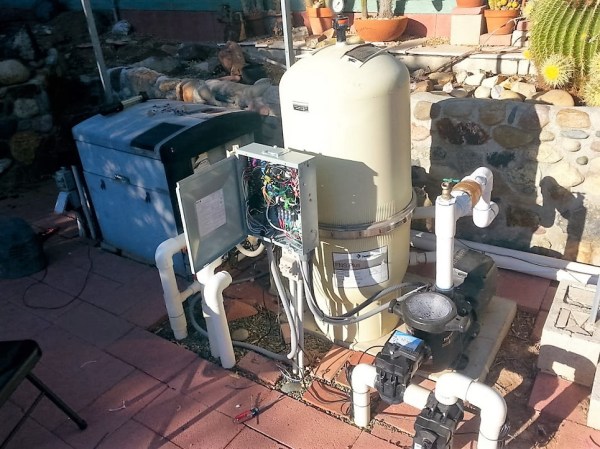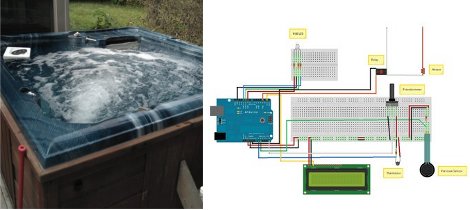I try to keep up with web development trends but it’s hard to keep pace since it’s such a fast evolving field. Barely a week goes by without the release of a new JS framework, elaborate build tool or testing suite — all of them touted as the one to learn. Sorting the hype from the genuinely useful is no mean feat, so my aim in this article is to summarise some of the most interesting happenings that web development saw in the last year, and what trends we expect to see more of in 2019.
A technology or framework doesn’t have to be brand new to be on our list here, it just needs to be growing rapidly or evolving in an interesting way. Let’s take a look!















